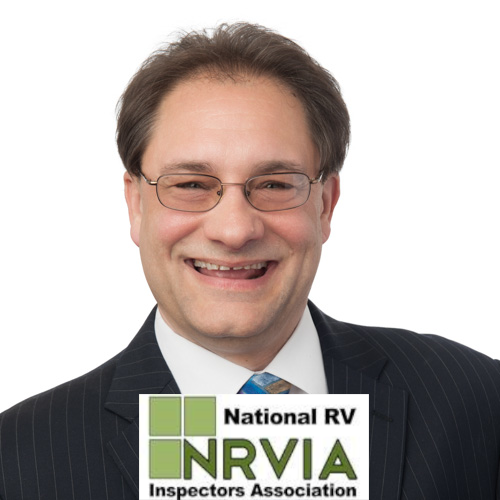Safety – Electricity – Campground Receptacle
This week’s blog post and (later this week with video) is Electricity Safety at the campground.
First off, electricity at the receptacle BEFORE you plug your RV in
- Non-Contact Voltage Tester(NCVT): Test the outside of the box at the pedestal BEFORE you even think about touching it. Test ALL around the box before opening it, if it beeps at all. Do NOT TOUCH the box, it is electrified and is known as “hot-skin” condition. Product: NCVT

- Test receptacle plug, get yourself a couple of those adapters, 50A male/30A female and a 30A male to 15A female. Purpose here is to just see if the plug sits in the receptacle well, doesn’t fall out or seem loose. I say get both in case you have a 30A RV and the 30A receptacle plug is loose, you can plug into the 50A side instead. Now if you have a 50A RV, things get a bit more tricky. I say this because on a 50A receptacle and a 50A RV, you need to be able to test both sides of the 50A receptacle for voltage. I could not find a 50A male plug to a Y-split to 15A wired correctly, so I had to build my own to test voltage on both side of the 50A circuit. If you are interested in the parts I used to build one, email me at info@rvmentor.com.


OK everything seem good? None electrified pole?, Receptacle seems to hold plug good? Great, now plug your EMS(you do have an EMS right?, or if you have an internal EMS then plug in your shore cord). If you only have a surge protector, take a peek at this blog post on the difference: EMS vs Surge Protector and let the EMS do its job and check out the plug.
Now for those of you who are going to say: “I’ve been RVing for 20 yrs and have never used a surge protector or EMS“. That is fine, it is your choice but having those items is like having an insurance policy, you never hope you need it but you should have it just in case.
So now that you have taken care of your plugging into the campground pedestal, next post will be in the safety of things you need to check in your RV, things like polarity, GFCI checks and your converter maintenance.
Now if you don’t have an EMS or have any desire to purchase one, you are not at a loss. You can still check the receptacle plug with other tools and still be safe.
You can use one of these plugged into the 15A side of the 30A->15A adapter above:

Secondary bonus is you can use this INSIDE the RV when we talk about GFCI. Since you could have a campground receptacle working/wired correctly and your RV have something mis-wired. We will talk about this in the next blog post.

Recent Comments